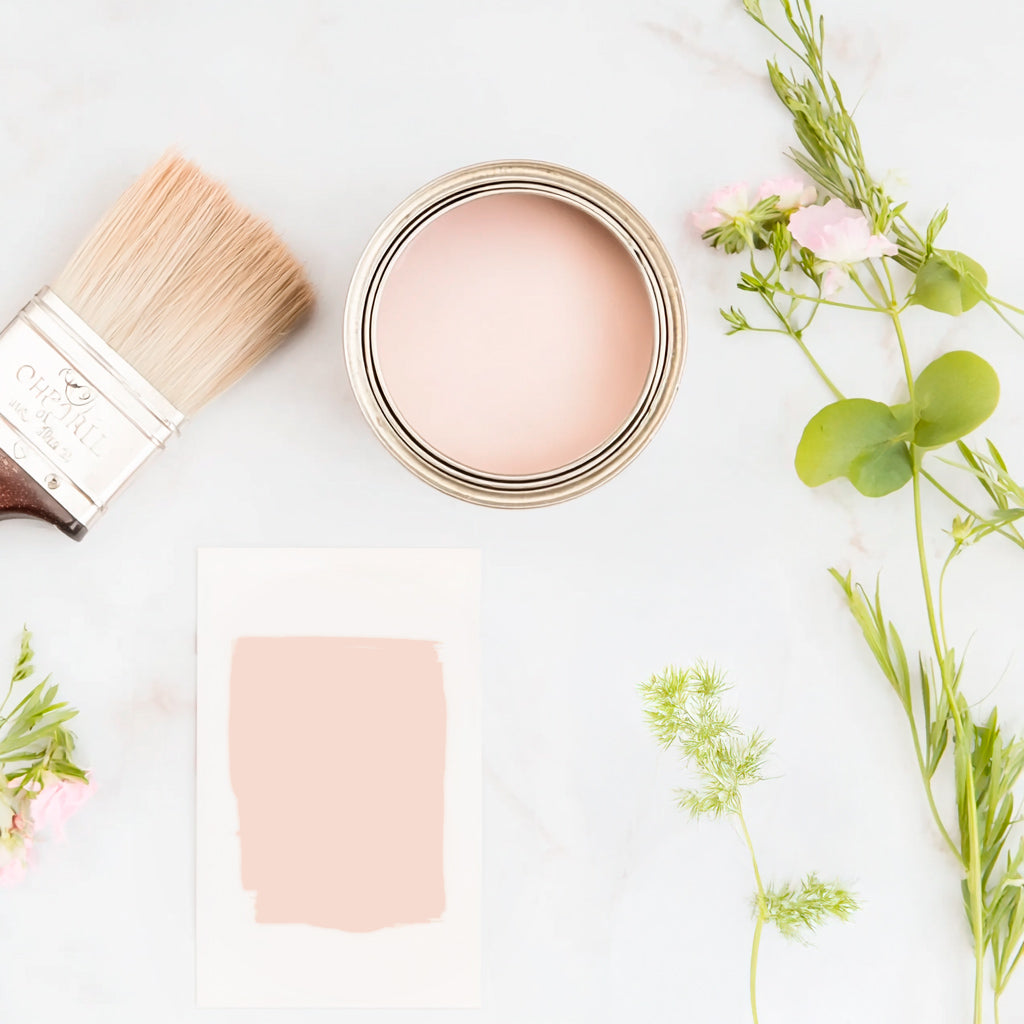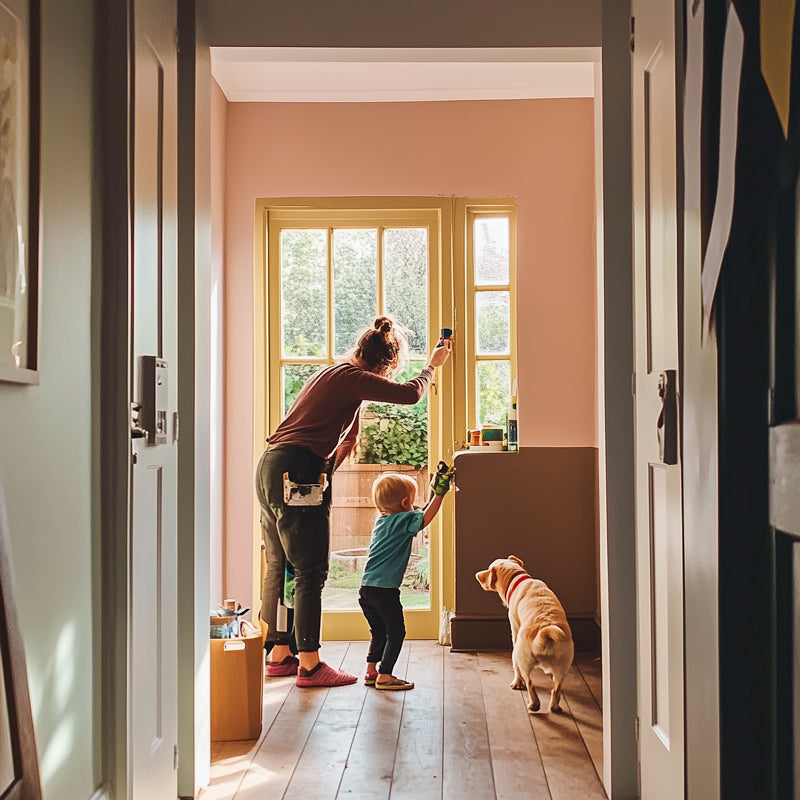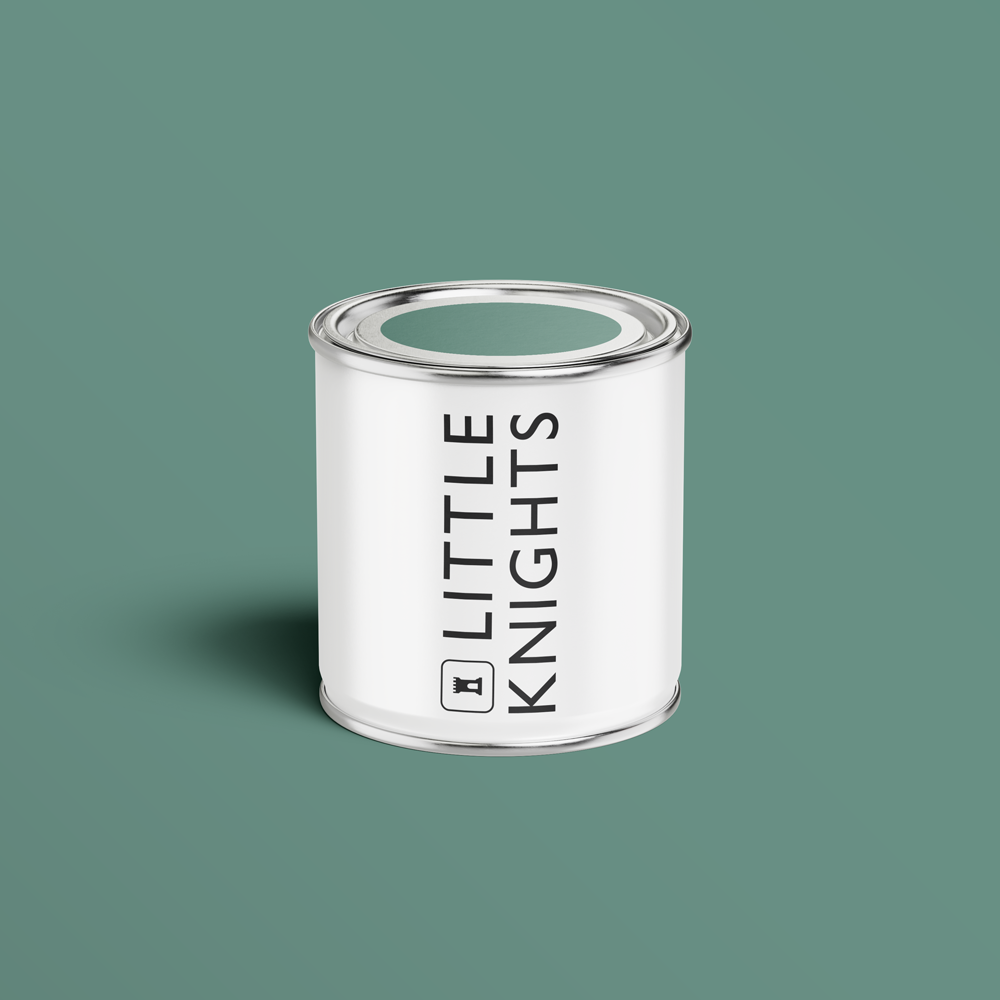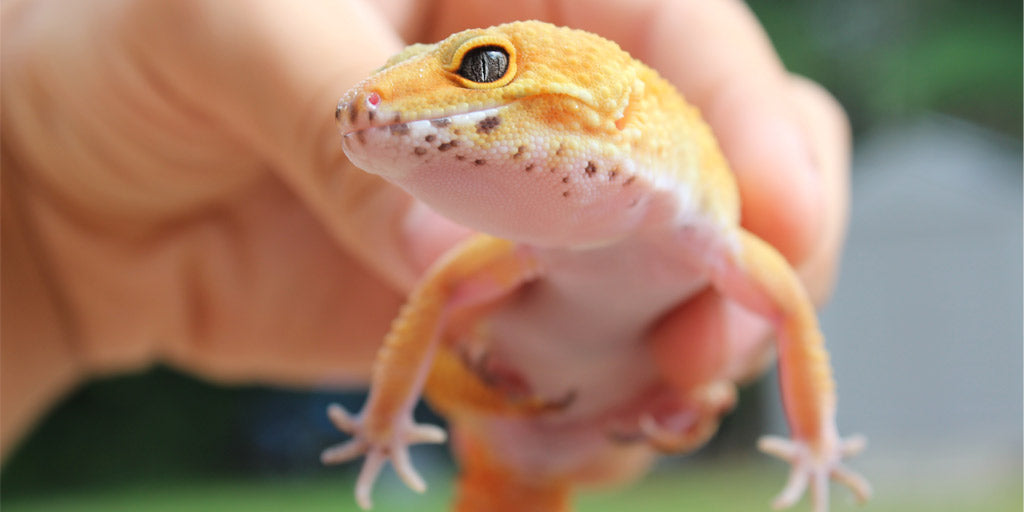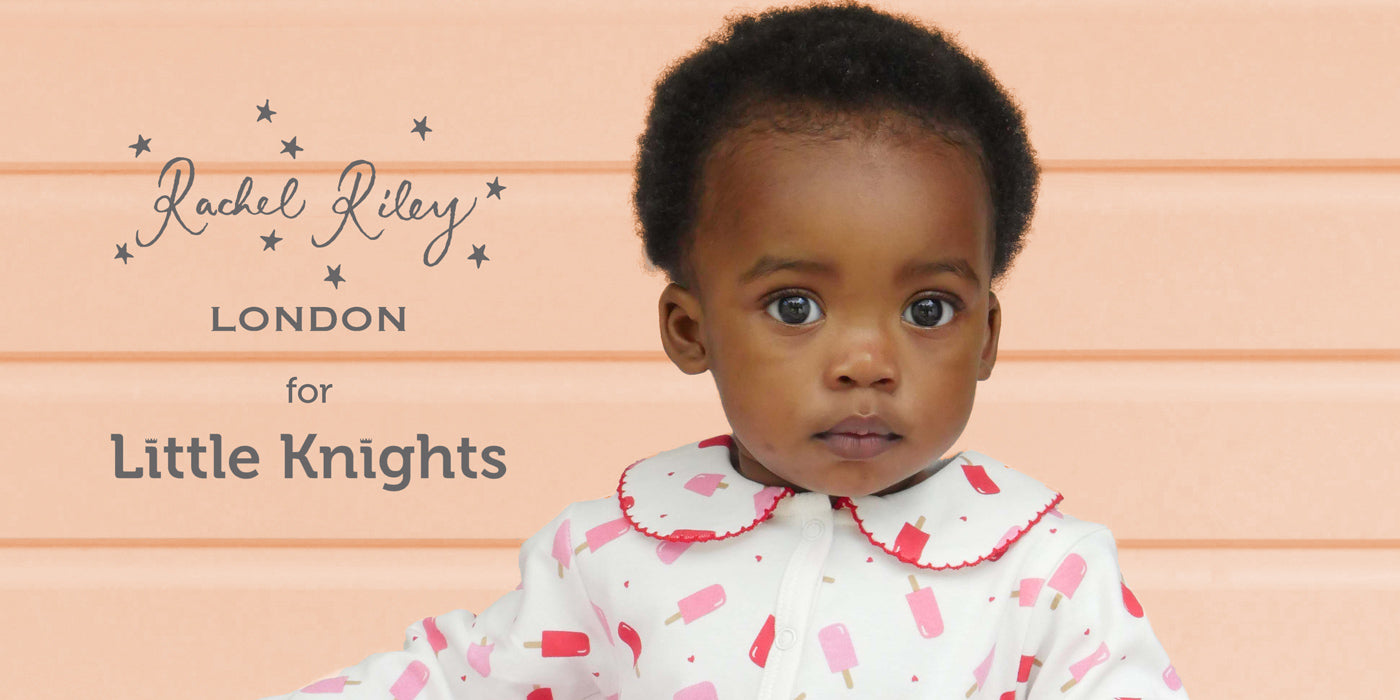As owners, we always want to try and do the best for our pets and it’s worrying to think we could be actually causing them harm. Most pets have a sense of smell that’s much more sensitive than ours, so it stands to reason that they’re potentially at more risk from fumes.
The problem with many paints is that they contain harmful chemicals called ‘Volatile Organic Compounds’ (VOCs). These chemicals can be found even in varieties labelled ‘breathe easy’. To be really safe, paint needs to be completely VOC-free rather than just low VOC. Got pets and already started painting? Here’s what to look out for.
Pets with fur
Cats and dogs tend to be at high risk. Not only do they have very sensitive noses, but they’re the most likely to have the run of the house and be sticking those noses into everything! Paint fumes are an irritant for pets, so symptoms to watch out for include red and sore eyes, difficulty breathing, nausea, dizziness or skin allergies.

Pets with feathers
Pet birds such as parrots and budgies are extremely sensitive to VOCs. In fact, if you have birds and you’re considering using a paint containing VOCs to paint the interior of your home, then we can only say please don’t! Fumes that would make larger animals sick can be lethal to birds. Paint fumes can linger for a long time after painting, so even removing your birds from the house while work is going on is not guaranteed to keep them safe. Symptoms include tremors and difficulty breathing.

Pets with gills
Fish are often overlooked in any discussion around paint fumes and pets but they could suffer more than most if dangerous paint fumes fill the room where their aquarium is situated. This is because fish tanks have air pumps that draw in air, and therefore fumes, from the room. Distressed fish who have been overcome by fumes can be found gasping at the surface.
To avoid this you could extend the pump tubes so they can draw air from an unpolluted area when a room is being painted or switch off the aerator until the worst fumes have dissipated. Using paint that does not emit harmful fumes is another solution.

Pets with scales
We’re talking ssssnakes, of course – as well as bearded dragons, geckos and lizards. VOCs can be very dangerous to reptiles, especially those who, like snakes, have only one lung. Symptoms include respiratory problems and lack of coordination.

Pets with fluff
Hamsters, gerbils, Guinea pigs, bunnies – the fluffier the cuter! These smaller pets can be more susceptible to harm due to their small mass. According to the RSPCA, hamsters in particular don’t show outward signs of pain and can be quite ill before you see any symptoms. Look out for breathing difficulties, staggering, nausea or lack of appetite.

Pets with more than four legs
Spiders have a surprisingly good sense of smell, and thus are just as sensitive to VOCs as any other pet. Their respiratory system is different to that of mammals but they still take in oxygen and can be affected by paint fumes. As they’re so small though, you might not know there’s a problem until it’s too late.

What can you do to help?
- Prevention is much better than cure. Remove pets from the room that’s being painted, or in the case of fish make sure you cover the top of the tank with plastic and tape. Remove the airline before doing any decorating, or choose a VOC-free paint to be on the safe side.
- It’s particularly important to remove vulnerable small pets such as reptiles, arachnids or rodents as they can be more susceptible.
- It’s not just fumes that are a problem – curious pooches in particular may lick paint cans or wet walls. Keep all decorating paraphernalia out of reach and keep doors shut when you can.
- If you’ve already started painting and you notice any unusual, persistent symptoms in your pet, seek veterinary advice immediately.
- Ventilate the room as much as possible by opening windows. VOCs can cause problems for weeks after the paint has dried, so don’t let pets back in too soon.
Long-term exposure issues
It’s not just managing logistics while the decorating project is actually underway that’s a concern. Long-term exposure to paints containing VOCs can cause some nasty health issues such as asthma.
There’s also evidence to suggest that VOCs can cause cancer in animals, as well as affecting vital organs such as lungs and kidneys.
What can I do differently next time?
Next time you want to paint choose a 100% VOC-free paint. This type of paint has been produced to make sure it contains no hazardous chemicals and so therefore does not cause any of the issues mentioned. Try and avoid ‘low-VOC’ paints as these can still contain the most hazardous VOC, called PGEs, and therefore are still damaging to your health.
If you have any questions or concerns about paint fume poisoning then we would be happy to help talk these through with you. Please contact us on 01604 781009 or info@little-knights.co.uk







